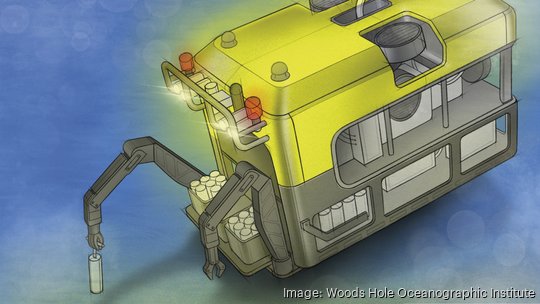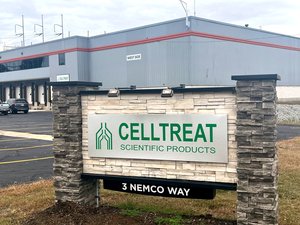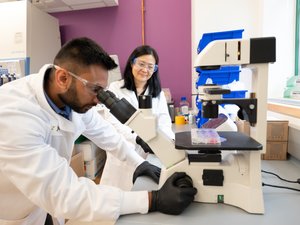
The Woods Hole Oceanographic Institute received funding from the U.S. National Science Foundation and the National Oceanic and Atmospheric Administration to produce two new remotely operated vehicles (ROVs) for ocean floor examination.
The funding allows WHOI, in a new partnership with Greensea IQ, a Richmond, Vermont-based ocean robotics company, to expand the offerings of ROVs for seafloor exploration. More specifically, the new robots are a response to the growing demand to conduct research, exploration, and restoration on the seafloor from ships with limited deck space and berthing.
The two machines being built by WHOI and Greensea are midsize ROVs (mROVs), which can be operated by half the teams of engineers, deployed more easily than existing ROVs, and reach depths of 2.5 miles (4,000 meters).
Each vehicle costs around $5 million to construct, and an additional $2 million is budgeted to test and trial the new system.
One of the current submersibles used for similar research purposes is Jason, a tethered vehicle that can reach 6,000 meters and has completed 300 missions since 2006. The newer mROVs are for missions that don’t need the full capabilities of a robot like Jason.
- Sign up for The Beat, BostInno’s free daily innovation newsletter. See past examples here.
“The barrier that has existed between an expedition at sea and those ashore is going to become, partly because of mROV, permeable, much more permeable than it historically has been,” said Andrew Bowen, principal engineer at WHOI.
With the new designs for the robots, instead of sending them out for days and waiting to determine the results until their return, scientists at WHOI can receive feedback from the mROVs in real time, according to Bowen.
The construction of the two new mROVs also opens the door to new collaborations and innovations through the partnership with WHOI and Greensea IQ. The two are working together and sharing information and resources to create a more efficient and operable mROV.
WHOI, Greensea IQ partnership
The partnership is a long time coming, according to Greensea CEO Ben Kinnaman, who first met Bowen in 2006. According to Kinnaman, the two have been looking for the right opportunity to bring their two sides of the fence, nonprofit and for-profit, closer together.
“I think over the last couple of years, as we've been putting this together, it's allowed us to both understand that we are coming to work every day to accomplish the same thing,” said Kinnaman.
Kinnaman says that bringing the two closer together can break down traditional barriers to innovation. The partnership allows a for-profit commercial company to share technology and transition it into the nonprofit research community for ocean exploration and science.
The vehicles are expected to begin construction in 2024, begin engineering trials in 2025, and be available to the scientific community in 2027.
“I think there is an opportunity for the community to more or less agree on the robot, and if everybody's using the same tools, then we have this incredible conduit through which we can share ideas and implementation and new technologies. We can create a scale never heard of before in both economy and breadth of ocean research. And that is amazing.” said Kinnaman.








